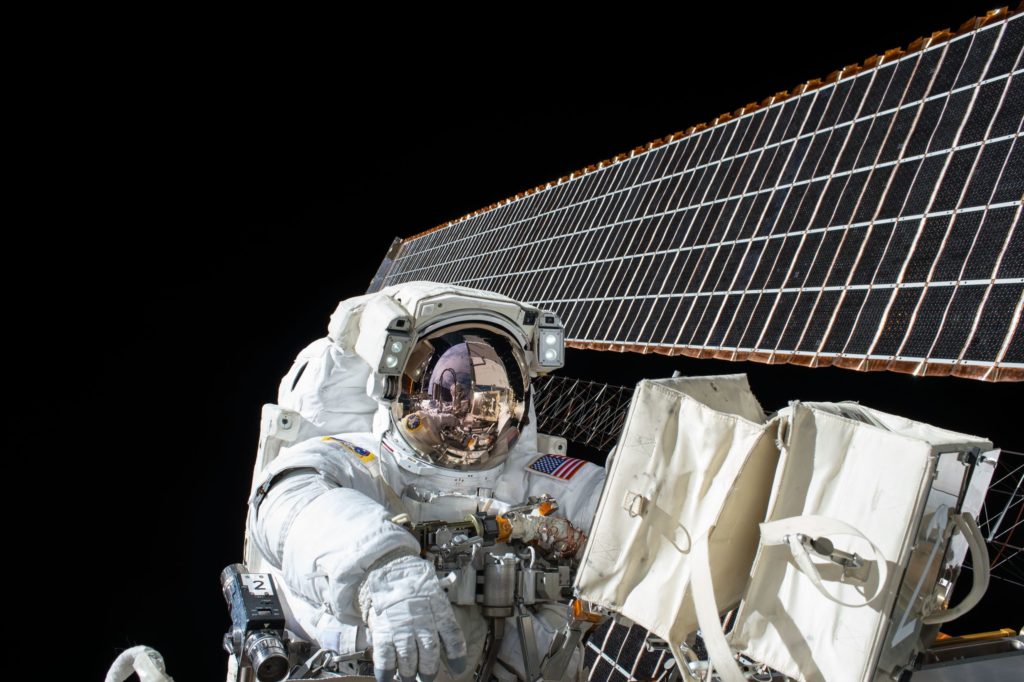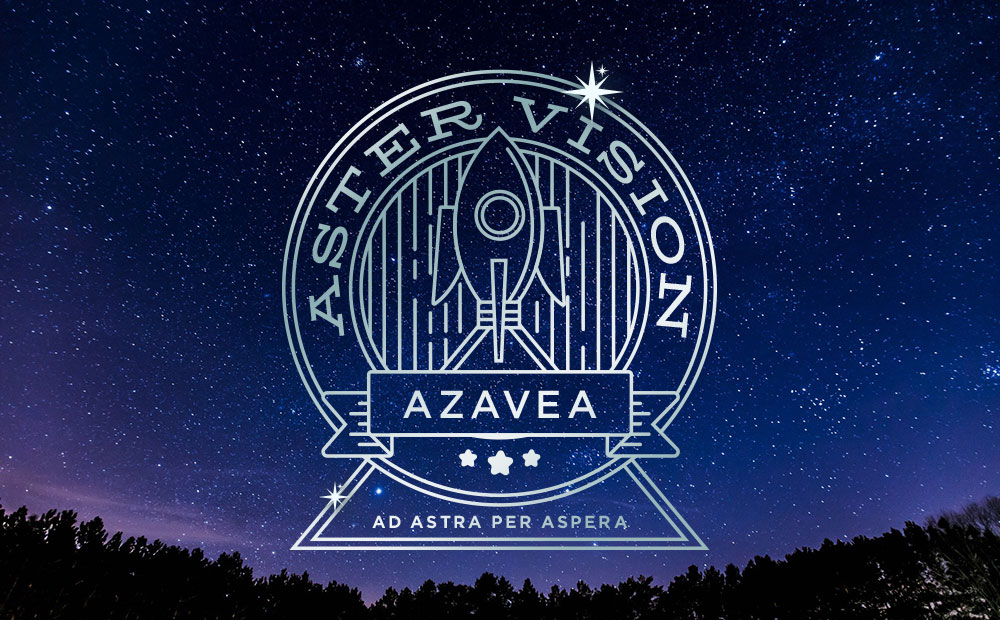
Today we’re proud to announce a new open source library, Aster Vision. Aster Vision is an open source machine learning library for analyzing huge troves of astrospatial data and finding habitable planets around nearby stars. It will extend the successes of Raster Vision, which we open sourced last October. Using insights gained from Aster Vision, Azavea will discover countless nearby habitable worlds and then push the boundaries of the modern remote workplace by sending employees to them.
Why Us
Azavea is the right company to launch this work for several reasons.
Azavea is a mission-driven B Corporation, and we believe that sending our employees to relatively nearby stars based on the predictions of a model with about 78% precision will be our missioniest mission yet. Our CEO Robert Cheetham has a drone behind his desk, but to the best of anyone’s knowledge, it doesn’t have a codename and hasn’t flown any missions. When we complete our spaceship, Hello (Other) World, at our new aeronautics facility, Blaster Foundry, we’ll have a much missionier flying vehicle than the drone.
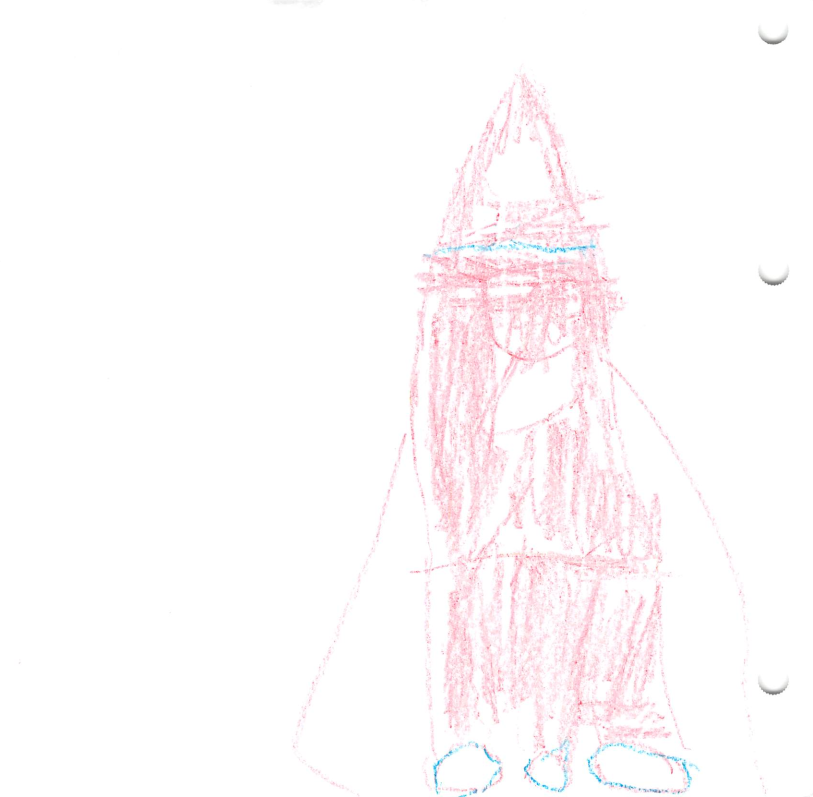
We launched Temperate in 2018 to help city planners plan their response to likely impacts of our warming and increasingly inhospitable planet, but time has passed and every new NOAA report says we’re all gonna die, so it may just be time to throw in the towel on our first planet. Every sentient species should get a training wheels planet, and our efforts to identify habitable worlds will ensure that we (humans) have plenty. Moreover, by sending our own employees first, we can ensure that the first people to reach the far-flung life-giving rocks will share Azavea’s values, like spending 10% of our time on research, even though those employees will be light-years away from the only planet humans have ever lived on and should probably spend 100% of their time on survival.
Finally, with Raster Foundry and Raster Vision, we’ve already built the tools we’ll need for collecting, organizing, and analyzing humanity’s accumulated collections of public astrospatial data in the Oort cloud. Also, we’ll get to change the headline on the Raster Foundry website to “From space observation to space awareness,” which rules.
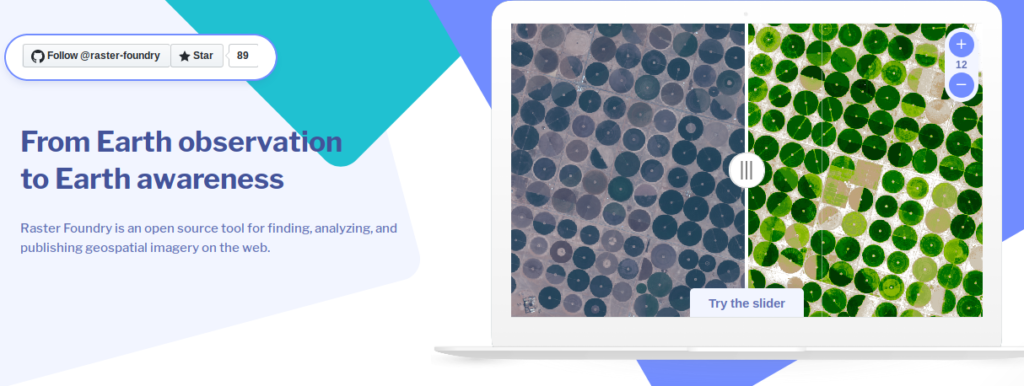
For these reasons, we’re poised to become market- and thought- and probably several other kinds of leaders in astrospatial technology.
How it works
Aster Vision will use Raster Foundry as a store of astrospatial data. As first passes, we’ll create analyses using well-respected space-sensing algorithms, like NDHI (the normalized difference habitability index), ENDHI (the enhanced normalized difference habitability index), SAHI (the soil-adjusted habitability index), and MSAHI (the modified soil-adjusted habitablity index). This will enable us to create huge datasets with a labeled “ground truth” for what parts of the ground on far away planets humans won’t immediately die on.
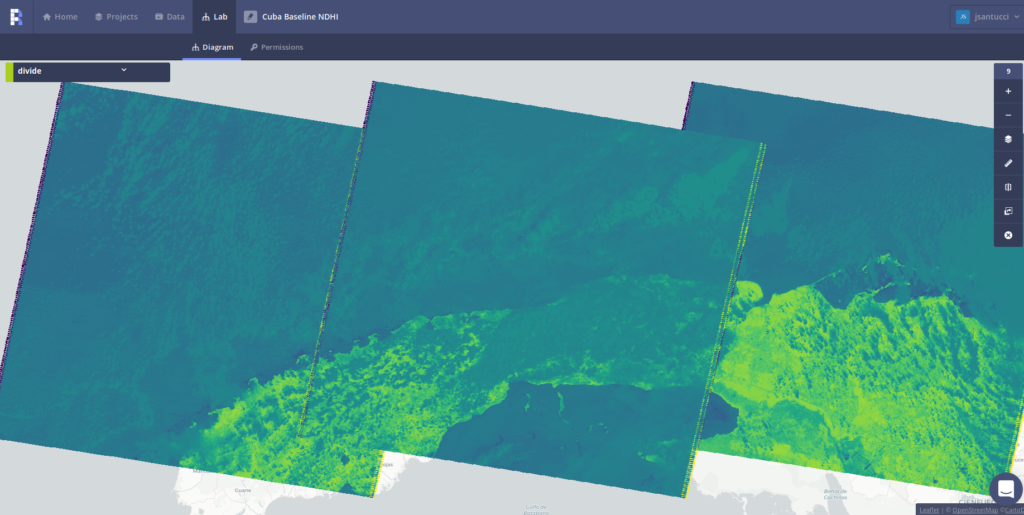
From there, we’ll use Raster Vision to create reproducible scientific workflows to find small plots of land, invisible to the human eye and several centuries of travel away with current propulsion technology, where a human might be able to survive, maybe, at least according to our model.
Determining the model’s success is more challenging in this domain than semantic segmentation of aerial imagery, for example. For this reason, as a last step, we’ll send our employees to planets where we’ve made predictions and ask them to indicate whether the model’s prediction was accurate. We’ll send employees to some planets that the model indicated shouldn’t be habitable as well — it’s important to understand the characteristics of your negative predictions as well as positives, and with habitability, you don’t really know until you try. On a related note, we’re currently hiring an operations engineer, and we have some very exotic remote work opportunities available.
How we chose this mission
Recently, we blogged about how Azavea selects projects. The release of Aster Vision is a good opportunity to see what answering some of those questions looks like for something concrete. Below are notes from internal discussions of whether we should take on this work.
- Client/Customer
- Does the client/customer have a clear understanding of what they want? Yes. We’re the client and we want to go to space.
- Are they someone we want to work with, someone we trust, and someone we can build a relationship with? Yes. If not, something is horribly wrong.
- Technology
- Does the project involve working with geospatial data? No. It involves working with astrospatial data, which is cooler.
- Do we have the technical skills, expertise, and capacity to take on the project? Unclear, but probably. We’ve never built a spaceship before but are feeling pretty good about Hello (Other) World.
- Will the project enhance one or more of our open source projects or other research? Yes. We’ll stay ahead of the commoditization curve by maintaining the only open source deep learning library for space exploration.
- Will the effort advance the state of the art in geospatial technology? No.
- Will we develop new skills that will help us in the future? Yes, like spacewalks, and probably some survival skills.
- Is the customer able to maintain the technology in the future? If we don’t, we’ll literally die in space.
- Impact
- Will the project have a positive civic, social, and/or environmental impact without compromising our values? Probably. Going to space has a huge carbon footprint, so the global impact of using computers to find a lot more habitable planets is tough to estimate. We don’t know whether habitable planet discovery induces space flight, and we’re going to find so many habitable planets.
- People
- Are our colleagues excited to work on the project, do they have the capacity to do so, and will they be challenged by the work? Yes, at least, all of them that aren’t babies about going to space.
- Networks and Relationships
- Will working on this project develop a beneficial partnership or new client relationship? Unclear, but, the truth is out there.
- Financial Risk
- Will this work be profitable? If not, is the financial risk worth it from a strategic perspective? No it won’t be, but yes, because we’ll get to go to space.
- Reputation
- Will we be proud of this work? Does completing this project enhance our reputation or serve as a demonstration of our commitment to positive impact? Yes. Spaaaaaaace.
Conclusion
Azavea is proud to advance the state of the art in geo- and astrospatial technology. With Aster Vision’s vision, we’ll be proud to go beyond dots on a map and beyond maps of the Earth.

